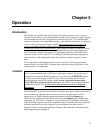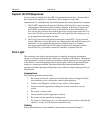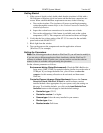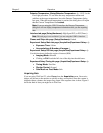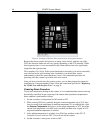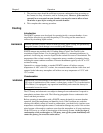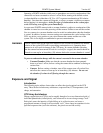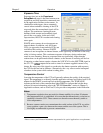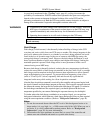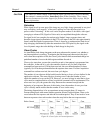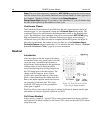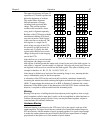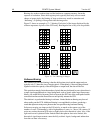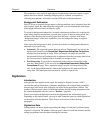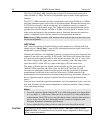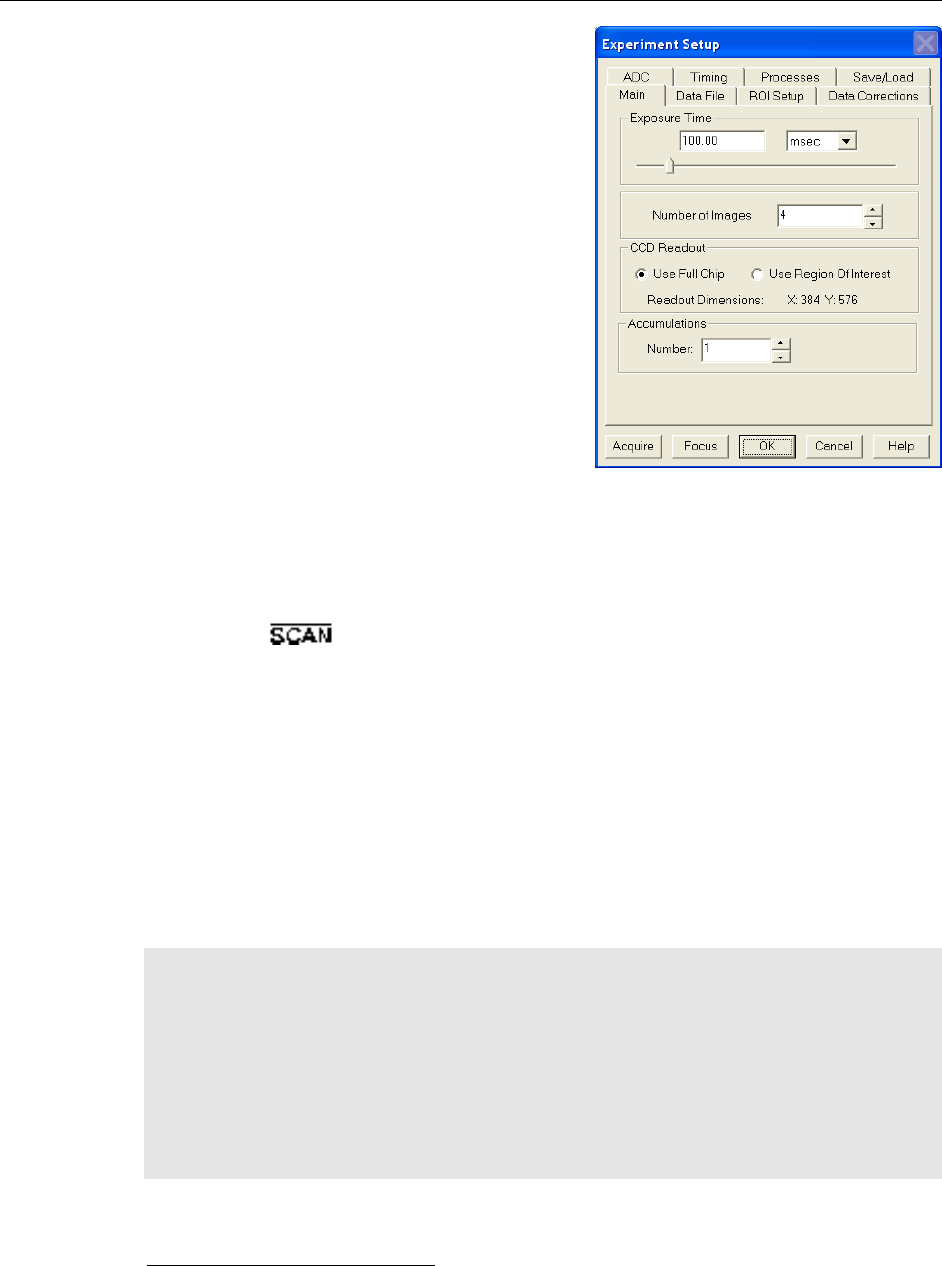
Chapter 5 Operation 43
Exposure Time
Exposure time (set on the Experiment
Setup|Main tab page) is the time between start
acquisition and stop acquisition commands sent
by the application software to the camera. In
combination with triggers, these commands
control when continuous cleaning of the CCD
stops and when the accumulated signal will be
readout. The continuous cleaning prevents
buildup of dark current and unwanted signal
prior to the x-ray pulse. At the end of the
exposure time, the CCD is readout and cleaning
starts again.
PI-MTE series cameras do not incorporate an
internal shutter. In addition, only full-frame
CCDs (as opposed to frame-transfer CCDs) are
available at this writing
*
. Because PI-MTE
cameras do not incorporate an internal shutter, some signal may accumulate on the array
while it is being readout. This continuous exposure of the array during readout may
result in some smearing. However, exposures that are significantly longer than the
readout time can be performed without a shutter, as the amount of smearing will be low.
If smearing or other factors require a shutter, the NOT SCAN or the SHUTTER signal at
the ST-133's output can be used to control a customer-supplied external x-ray
shutter. By using one of the signals to synchronize the shutter operation with exposure,
the CCD can be read out in darkness. Alternatively, the x-ray source can be interrupted
elsewhere in the system while readout is taking place.
Temperature Control
Lowering the temperature of the CCD will generally enhance the quality of the acquired
signal. The temperature is set directly from the application software and it takes from 10-20
minutes for the PI-MTE to reach and lock at the set temperature. The TEMP LOCK
indicator on the back of the controller then lights GREEN to indicate that lock has been
achieved (for more information, refer to the "ST-133 Controller" section in Chapter 2).
Application software, such as WinView/32, also provides a temperature-locked indication.
Notes:
1. Temperature regulation does not reach its ultimate stability for at least 30 minutes
after temperature lock is established. Also note that the thermoelectric cooler has no
capability to heat the CCD. These cameras are therefore more thermally stable at
lower temperatures.
2. Because vacuum venting can contaminate the cooled surface of the CCD, we advise
you to position a gate valve between the camera and the rest of the system. This is
also highly recommended to prevent contamination.
*
Please contact your Princeton Instruments representative for special applications or requirements.



